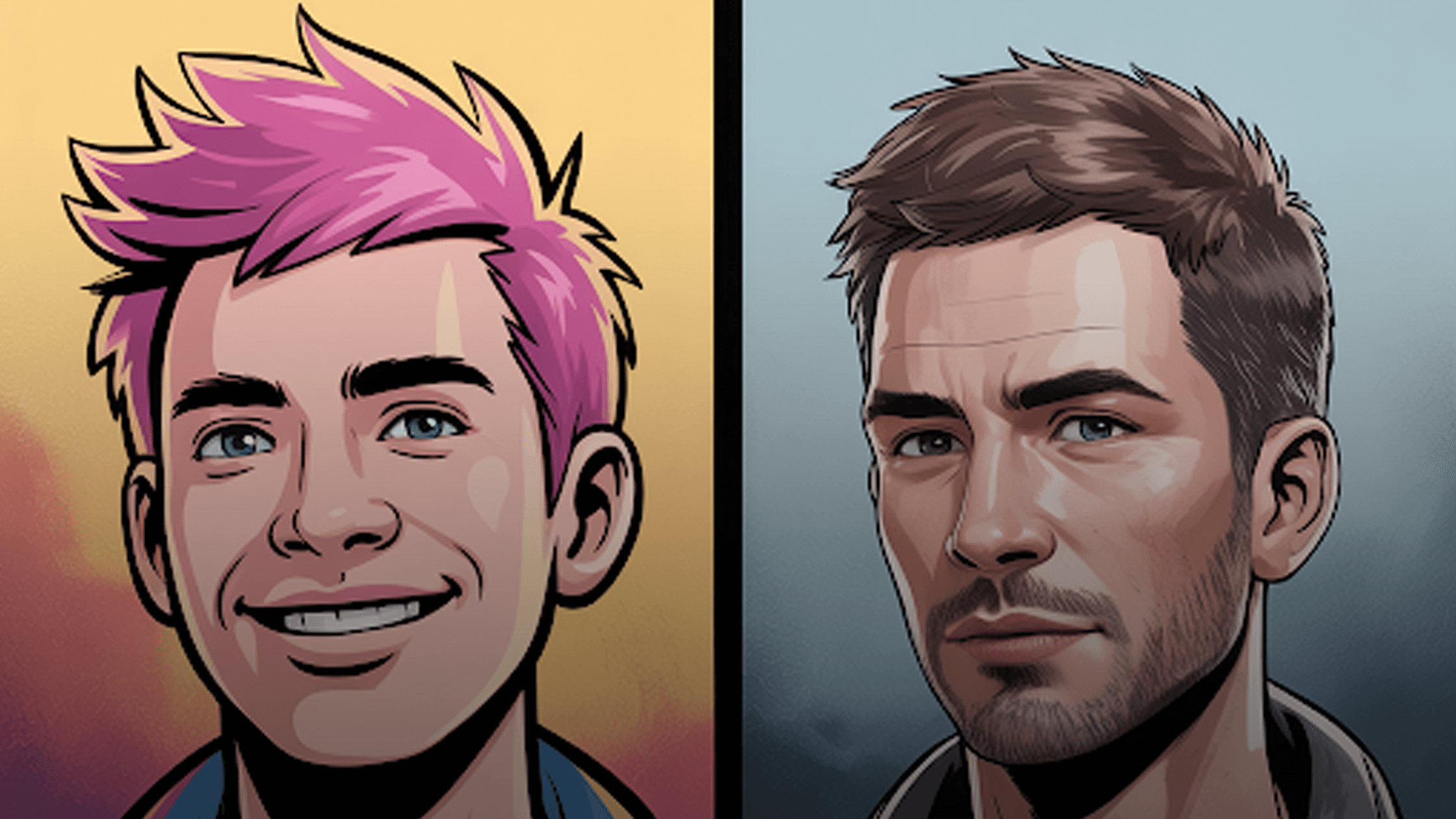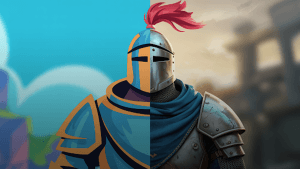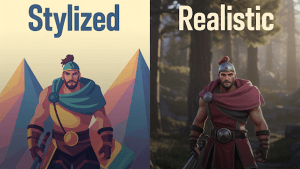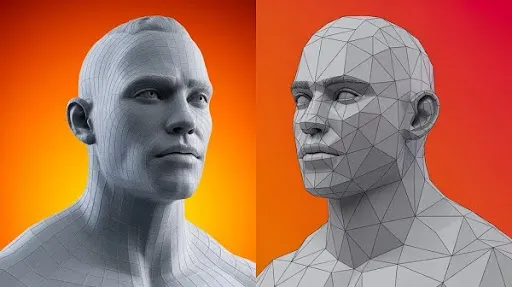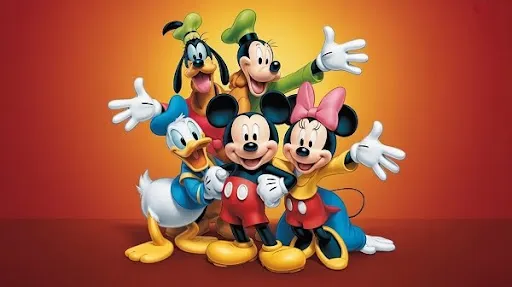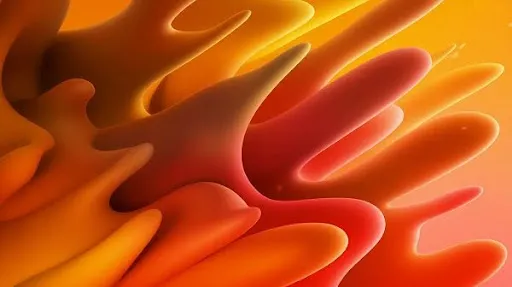The discussion surrounding stylized vs. realistic art styles has persisted throughout gaming history, with both artistic approaches significantly influencing numerous iconic games.
Realistic games seek to replicate the actual world with careful visual precision, striving for increasingly greater levels of photorealism and immersion.
On the other hand, stylization provides greater interpretive and expressive aesthetics through cel-shading, hand-drawn textures, and caricatures. Some modern titles even blend both worlds, embracing stylized realism to create visually striking yet immersive experiences.
This article will explore the distinctions between realistic games and stylized art styles, examining the fundamental differences between these two approaches and evaluating their unique strengths and weaknesses in creating engaging gaming visuals.
Grasping the subtleties of each method in the stylized vs. realistic debate reveals the various artistic potentials within the thriving game medium.
What defines Realistic Art Style?
The realistic art style seeks to convincingly and authentically replicate the visual aspects of actual objects, settings, and characters. This 3D artistic approach is realized via intricate 3D modeling, sophisticated lighting and shading methods, high-definition textures, and realistic animations.
Realistic art styles benefit games that need high visual precision and engagement, including military shooters, driving simulators, and story-focused RPGs.
In the ongoing stylized vs. realistic debate, realistic visuals aim to immerse players through lifelike representation, while a stylized game may focus more on artistic expression than accuracy. Prominent games featuring realistic art styles include Call of Duty, Red Dead Redemption, and Microsoft Flight Simulator.
What does Stylized Art Style mean?
In comparison, stylized art forms take an artistic, abstract view of images. This encompasses cel-shading, hand-crafted textures, exaggerated features and proportions, and distinct art styles such as anime or comic books.
Stylized artistic approaches enable greater creativity and expression compared to strict realistic graphics, offering more flexibility in visual storytelling.
In the ongoing stylized vs. realistic debate, stylized visuals stand out for their timeless appeal and imaginative charm. They are ideal for fantasy, cartoonish, and cheerful games that attract wide audiences.
Games featuring a stylized art style include World of Warcraft, Fortnite, and The Legend of Zelda.
Read also: How Much Does a 30-Second Commercial Cost?
Variations in Player Viewpoints
Gaming forums host in-depth discussions regarding stylized vs. realistic game art styles. Below are various viewpoints from a discussion on /r/AshesofCreation:
Stylized art approaches often endure over time more effectively, yet developers looking to save time may misunderstand their complexity. Understanding the stylized art definition is key—it’s not about simplicity, but about deliberate artistic choices that prioritize expression and creativity over realism.
On the other hand, realistic art styles typically require a significant budget and talented artists with advanced system specifications.
Common views differ on aspects such as the aging of World of Warcraft’s stylized art, the importance of lighting engines, and difficulties in realizing a particular aesthetic vision.
Realistic versus Stylized Artistic Style
Different artistic styles offer different visions of the world. For instance, stylized art emphasizes alteration and abstraction, while sharp and precise details are depicted in a more grounded manner. Therefore, this creates a conflicting perception of the world that evokes extreme emotions.
Illuminations
– Realistic games utilize global illumination, light maps, and ray tracing to replicate the behavior of light in reality.
– Stylized games embrace artistic freedom, employing lighting to create atmospheres and emotions in ways that might not be realistically precise.
Patterns
– Photorealism depends on high-resolution texturing derived from photographs.
– Stylized games employ hand-painted textures, vibrant colors, pixel art, and various abstractions to animate their artistic styles.
Material Comparison
– Realistic rendering consists of intricate shading and reflectivity to replicate authentic surface characteristics.
– Stylized materials employ pronounced highlights, outlines, and simplified shading to accentuate form and style.
Contrasting Ratios
– Characters and items in realistic games mirror the true proportions of humans, animals, and objects.
– Stylized games manipulate proportions for artistic purposes – oversized heads, elongated limbs, or oversized weapons.
Evaluating Animations
– Realistic animation seeks to achieve lifelike fluidity and weight by utilizing motion capture data.
– Animated styles can embrace greater artistic freedom with exaggerated stances, liveliness, or embellishments.
Examining Camera Effects
– Realistic games simulate camera behaviors such as lens flares, motion blur, and depth of field to mimic actual optics.
– Stylized games replicate such effects solely when they align with their artistic vision.
Stylized and Realistic Artistic Styles in Action
Let’s explore how the methods listed above are utilized in real games on both ends of the realism-stylization spectrum.
The Last of Us – Authentic Art Style
Naughty Dog’s praised post-apocalyptic journey employs state-of-the-art game art techniques to attain emotional photorealism essential for the adult storyline.
The Last of Us showcases the forefront of real-time photorealistic rendering, yet more artistic styles have also captivated viewers.
Authentic Lighting: Soft global illumination, surrounding shadow effects, and volumetric rays mimic the intricacies of actual environments and off-screen light sources.
Authentic Textures: The photographic intricacies of rubble and the deteriorating environment of The Last of Us convey a powerful visual narrative. High-resolution facial textures convey emotional subtleties through stunning pores, freckles, and skin blemishes.
Realistic Materials: Textiles, liquid, dirt, and plant materials demonstrate enhanced characteristics such as translucency, subsurface scattering, viscosity, and dynamics. Weapons and items appear palpable.
Realistic Proportions: Characters feature intricately detailed meshes, with Joel alone utilizing more than 100k polygons. Environmental debris exhibits geometric intricacy comparable to actual destroyed structures.
Realistic Animation: Sophisticated motion matching integrates mocap and keyframe animations for remarkable smoothness. Euphoria physics generates alarmingly realistic human responses to violence.
Realistic Camera: A physically simulated camera records lens imperfections like light flares and chromatic distortion. Film grain adds to the realism of the live-action feel.
The Legend of Zelda: The Wind Waker – Unique Artistic Style
Nintendo’s 2002 GameCube title surprised fans by opting for a delightful cel-shaded style instead of realism, which remains cherished to this day.
Stylized Illumination: Distinct lighting that employs softened ambient hues and vivid, colorful accent lights. Extended shadows create orientation over spatial precision.
Stylized Textures: Neat outlines and hand-sketched lines characterize textures rather than photo-derived details. Graphic color fields take on a fairytale appearance.
Stylized Textures: Matte shading for an artistic appearance. Outlines and highlights emphasize shapes in contrast to realistic material responses.
Stylized Proportions: Character models employ basic, mainly hard-edged polygons rather than organic shaping.
Stylized Animation: Exaggerated animations of characters utilize the principles of squash and stretch. Link’s behavior is consistently easy to interpret.
Stylized Camera: The game mimics stationary cameras from classic cartoons. Shaders improve outlines free of artifacts.
Essential Factors for Selection
When assessing which artistic style aligns most effectively with their game genre and vision, the game art company considers various factors:
Budget – Authentic AAA games need significantly more financial investment than stylized games. Indies tend to favor stylization.
Target Platform – Photorealism requires robust contemporary consoles and gaming computers. Stylized games are capable of supporting additional platforms. It might be an excellent art style for a mobile game.
Target Audience – Younger players typically favor stylized appearances, whereas older gamers appreciate realism to a greater extent. Genres such as shooters are more compatible with realism.
Artistic Vision – Studios possessing a cohesive and robust vision can utilize stylization efficiently. Realism shines in its genuineness.
Immersion Objectives – Realism enhances immersion in realistic environments, while stylization also captivates players through unity.
Examination of Advantages and Disadvantages
A realistic art style offers unmatched immersion and authenticity, often pushing the boundaries of game realism. This realism level requires more personnel to be allocated, including resources such as top-of-the-line technology and expensive video game production tools.
Most military shooters (Battlefield), sports video games (FIFA), and some post-apocalyptic games like The Last of Us center more around narratives and tend to fall under the umbrella of realistic video games.
In contrast, a stylized art style prioritizes artistic expression over technical accuracy. In the ongoing stylized vs. realistic conversation, stylized visuals stand out for their timeless elegance, even decades after release.
Their reduced hardware requirements allow access to a broader variety of systems. However, if not executed with care, stylization may appear unintentional or low in quality.
Popularity and Influence of Artistic Styles
When new graphic technologies are launched, like with new console generations, realistic texture and high-fidelity visuals are frequently used to highlight the fresh technical abilities.
As a generation grows older, the debate between stylized vs. realistic art styles resurfaces, with fashionable aesthetics often coming back into focus.
Major big-budget franchises often favor photorealism and advanced types of art realism to engage players and showcase production quality. Sports games, in particular, aim for realism to achieve authenticity. These realistic, texture-driven visuals reflect the genre’s commitment to game realism.
In contrast, stylized artistic approaches enable distinctive indie games to stand out in a saturated marketplace. Their emphasis on creativity over raw technology often grants stylized visuals greater longevity as classics. In popular nostalgic games, pixel art remains a beloved and enduring exaggerated art style.
Various visual styles align better with certain gameplay genres. For instance, vibrant stylization is commonly appreciated in family-oriented Nintendo platformers such as Mario and Kirby.
MMOs and strategy games tend to stylize the representation of many units on the battlefield and offer ways for the players to alter the games to fit their style and standards, which adds to the customization options.
During extremely fast-paced fights, anime fighting games such as Dragon Ball or Street Fighter utilize stylistic choices with effects such as over-the-top punches and kicks.
In contrast, other game genres utilize real-life graphics like horror and military games because reality is often the default in narrative-driven genres, which adds to the difference between stylized and reality in game design.
Final Words
Realistic and stylized graphics signify a creative range, rather than a rivalry between polar opposites. Both provide powerful ways of immersion when artistic direction steers the technical execution.
As games aim for greater photorealism, robust artistry is increasingly vital to avoid falling into the uncanny valley. Stylized aesthetics will endure by captivating imaginations through daring visions that do not conform to reality.
There are no correct answers, just options that enhance the preferred experience. By grasping these complex graphical techniques, we gain a deeper appreciation for the subtle artistry required to create engaging virtual environments. The future undoubtedly promises progress for both realism and stylization as games expand their artistic boundaries.

